The New York Jets are bringing back the power run game
After the New York Jets signed John Simpson, I became a staunch supporter of the move once I dug into his film. Relative to expectations, I was highly impressed with Simpson’s game. I only had one major concern: Does he fit the Jets’ scheme?
Simpson is an explosive, powerful, aggressive mauler who doesn’t have the greatest quickness or speed. He broke out in a Baltimore Ravens offense that is known for its power run game predicated upon gap-blocking concepts. It did not seem like Simpson was an ideal fit in a Jets offense that figured to be primarily built around wide-zone concepts.
Then the Jets traded for Morgan Moses, yet another Raven. And the vision became clear: The Jets want to become a power-running football team.
Maybe my hypothesis is wrong and the Jets will stubbornly try to force Simpson and Moses into a zone scheme (don’t put anything past this offensive coaching staff). But I’ll give them the benefit of the doubt and assume that a stark schematic shift is in store for the Jets’ offensive line and run game.
What does this mean for the Jets’ offense as a whole? Let’s dive into this potential zone-to-gap transition.
What is the difference?
To start, let’s get a basic grasp of what we mean when we’re talking about “gap” vs. “zone”.
It’s important to know that both titles contain a vast number of run concepts within them, all of which can look very different from one another. Not all gap plays look the same and ditto for zone.
If you really want to understand a team’s run scheme, you have to get a lot more complex than merely saying “This is a gap team” or “This is a zone team”. Two teams can both be labeled as gap-blocking offenses while relying on totally different concepts. For instance, Baltimore and New England are both known as gap teams, and yet their run games operate very differently.
But for the sake of simplicity, using the gap and zone titles can help us understand the basic identity of a team’s offensive line and overall run game.
So, what do gap and zone mean?
On gap plays, the bottom line is that the run is designed to go toward a specific gap, and therefore, each offensive lineman has a specific assignment.
The best way to identify a gap play is to look for a puller. If someone is pulling, it’s probably a gap concept. Pulls are intended to target specific defenders to open up the intended gap for the running back. Often, these pulls will target the edge defender and are coupled with down blocks (blocking toward the inside, away from the play side) to open up a gap between the edge and the closest interior defender.
Gap plays generally create a straightforward read for the running back. Obviously, they must improvise if the concept fails, but they know precisely where the hole is supposed to be before the play begins. This is the opposite of zone plays, as we’ll get to in a moment.
Here is an example of a successful gap-blocking concept from the Jets last year.
We see down blocks from the right tackle (Max Mitchell), right guard (Joe Tippmann), and center (Connor McGovern), who each successfully wall off their defenders to the inside. The left guard (Laken Tomlinson) pulls and takes on the linebacker who ends up responsible for the edge. All of these blocks are executed perfectly and it creates an easy read for Breece Hall, who gets a gigantic hole exactly where it was intended to be.
On zone plays, the main idea is that the linemen are responsible for an area rather than a specific defender. The linemen all slide in the same direction and are responsible for the gap to the play side. Each team and concept has rules in place that dictate what a lineman should do depending on whether he is covered (has a defender over him) or uncovered (does not have a defender over him).
Since zone blocking does not target a specific gap, it’s up to the running back to read the play and choose the best hole. On a wide zone play, the running back will usually start his read on the front side and keep working his way inside until he finds a gap that he likes.
Here is an example of a successful wide zone play from the Jets in 2022.
Notice how all of the offensive linemen step laterally in the same direction once the ball is snapped. That is the primary identifier that you’re seeing a zone play – particularly wide zone, as we see here.
The main goal of zone blocking is to simply influence the defender in one particular direction and let the holes develop naturally. If a defender is playing you to the outside, drive him outside – you can see the left tackle (Duane Brown) do it on this play. The linebacker plays him outside, so Brown just rides his momentum and lets him take himself out of the play. If the defender is inside of you, get out in front of him and pin him inside – you can see the center (McGovern) and left guard (Tomlinson) both do it on this play.
As a result of Brown, Tomlinson, and McGovern’s blocks, a hole develops in the B gap between Brown and Tomlinson.
Hall starts the play with his shoulders pointed toward the sideline, ready to bounce all the way to the edge if the hole presents itself, but once he sees Brown take his man outside, that’s Hall’s cue to turn his head inside to the next hole. There, Hall sees a huge gap thanks to Tomlinson and McGovern pinning their defenders inside, so Hall takes the lane and starts driving downfield.
As designed on paper, the initial step on a zone play is the same for all linemen (red lines in the image below). Each lineman’s actions after the snap are dictated by the alignment and post-snap movements of the defender (green lines). Once they see where the defender is going, then the linemen will decide which direction to block them (blue lines).
What are the different requirements for a player in both schemes?
In gap schemes, you typically see teams employ larger, stronger linemen. Key traits include core strength, lower-body strength, arm length, and a downright nasty mentality.
All of these traits are important for the blocks that are common in gap concepts. They often ask linemen to work in small areas and simply drive the defender in a particular direction – often while maximizing leverage that is naturally designed by the concept (think about a trap play where a defender is left unblocked and someone comes from elsewhere to block him). Many gap concepts also ask linemen to execute double teams and drive the defender vertically down the field. Sheer power is crucial for all of these blocks. You’ve got to be a mauler in a phone booth.
That’s not to say athleticism doesn’t matter on gap plays – after all, pulling is a key part of gap plays, and that is a skill that requires mobility in space – but the core mindset of gap blocking is to flat-out plow the defense. Gap concepts are designed to dictate the action so the linemen don’t have to think and can just throw their weight at a particular defender.
Whereas gap concepts ask linemen to dictate the action, zone concepts ask linemen to react, making athleticism vital. They have to be agile in space and capable of changing directions as they react to what the defense is giving them. The linemen also must be able to run with defenders in space and beat them to the spot. Overall, zone blocking is more about getting in the way of defenders than it is about steamrolling them, and that’s why athleticism is so important in schemes that rely on zone concepts.
In addition to raw speed, short-area quickness is essential because of the propensity of reach blocks (a.k.a “hook” blocks) on zone plays. A reach block occurs when a lineman crosses the face of a defender lined up to the play side, flips his hips, and pins the defender to the back side. Connor McGovern is great at this and it’s a reason why he was an ideal fit in the Jets’ zone scheme.
Holy was Connor McGovern COOKIN’ vs CHI yesterday… @BrandonThornNFL @MitchSchwartz71
Here’s a few different ways he blocked the playside 1T in the wide zone scheme
Jets/Vikings game is going to be 🔥🔥🔥🔥 pic.twitter.com/8LvIM5MDLw
— Ben Fennell (@BenFennell_NFL) November 28, 2022
McGovern encapsulates the mold that New York has generally sought in its offensive linemen over the past few years. McGovern, Alijah Vera-Tucker, Joe Tippmann, George Fant, and Mekhi Becton are all excellent athletes who were built for the wide zone.
But with the additions of Simpson and Moses, the Jets are clearly pivoting toward the gap-blocking mold. And while Vera-Tucker and Tippmann were fits for the zone scheme, they can thrive in a gap scheme, too. Both players are fantastic pullers thanks to their mobility in space, and they can both drive defenders with physicality when needed. You saw Tippmann throw a crucial down block on Hall’s 72-yard touchdown in the clip above. Here is Vera-Tucker executing a trap on the nose tackle:
With Simpson, Tippmann, Vera-Tucker, and Moses, the Jets are armed with four players who excel at both pulling and driving defenders in a phone booth. They have the weapons in place to become a great power-running football team.
Moses obliterating another DB in the open field@nyjets @BreeceH pull and open field run game is about to be fun
All 4 assumed starters (Moses, AVT, Tippmann, Simpson) are excellent in this aspect https://t.co/nVYZkTqT1p pic.twitter.com/wNaen3se2D
— Joe Blewett (@Joerb31) March 14, 2024
Moses 🥵 pic.twitter.com/dLFuHnlUWg
— Joe Blewett (@Joerb31) March 13, 2024
They just keep coming….Moses 🥞🥞 pic.twitter.com/vOK3nScHIU
— Joe Blewett (@Joerb31) March 13, 2024
Ihop pic.twitter.com/JTG8ZkMAhr
— Joe Blewett (@Joerb31) March 13, 2024
Really like John Simpson's pulling ability.
They have some good pullers between him, AVT, and Tippmann. Would like to see them maximize it by mixing plenty of gap concepts into their run game pic.twitter.com/ECKoBwfkna
— Michael Nania (@Michael_Nania) March 13, 2024
I posted his RAS table earlier and it showed his great explosiveness ratings. You can see that here; really explosive getting out of the stance and into the pull. Gets good movement kicking out the edge pic.twitter.com/tLnXu595KJ
— Michael Nania (@Michael_Nania) March 12, 2024
How could the Jets’ gap/zone tendencies change?
The next question is, exactly how often should we expect the Jets to call gap plays?
No NFL team runs only zone or only gap plays. All NFL teams mix both styles into their playbook. The differences lie in how heavily each team leans to either side.
According to Pro Football Focus’ tracking, the Jets had a 1.32-to-1 ratio of zone to gap plays in 2023, ranking 16th. The league average was 1.24-to-1. So, the Jets were right in the middle of the pack when it came to their zone/gap balance, although they did lean toward zone, like most teams in the league. Only nine teams were charted with more gap-blocking snaps than zone-blocking snaps.
One of those teams was the Ravens, who ranked 26th with a 0.83-to-1 ratio of zone to gap plays. Here are the teams who ran more gap than zone, based on PFF’s tracking:
- Raiders: 0.96-to-1 zone-to-gap ratio
- Cardinals: 0.93
- Ravens: 0.83
- Jaguars: 0.79
- Bengals: 0.76
- Patriots: 0.68
- Browns: 0.64
- Rams: 0.57
- Bills: 0.53
While they did rank 10 spots lower than the Jets, I’m not sure that disparity fully encapsulates the difference between these two run games. It should be noted that wide zone was particularly uncommon in Baltimore’s offense. PFF’s tracking does not differentiate between the types of plays under the gap and zone umbrellas. From watching film of Simpson and Moses, I rarely saw the Ravens run wide zone. There were some inside zone plays, but inside zone is quite different from wide zone as it’s designed to go downhill/vertically.
Considering Nathaniel Hackett‘s background as a coach who favors the wide zone, I do think the concept will remain a fixture in the Jets’ playbook, so it seems unlikely the Jets’ run game will suddenly start to look exactly like the Ravens. More importantly, they don’t have Lamar Jackson, which eliminates many of the core concepts in Baltimore’s run game.
With that being said, I do think the Jets will join the small group of teams that ran more gap plays than zone plays. Doing anything else would be a mistake after adding the players that they did. Simpson and Moses would be miscast in a zone-favoring offense.
This would be a significant departure for Hackett, who was typically a very heavy zone-leaning coach before his balanced 2023 season with the Jets. Here are the ranks of Hackett’s previous teams in zone-to-gap ratio:
- 2022 Broncos (HC): 1.89-to-1 (6th)
- 2021 Packers (OC): 2.32 (5th)
- 2020 Packers (OC): 2.75 (5th)
- 2019 Packers (OC): 3.01 (3rd)
- 2018 Jaguars (OC): 2.19 (10th)
- 2017 Jaguars (OC): 1.47 (14th)
Transitioning to a gap-heavy offense would be a significant change of pace for Hackett, but if you want to be successful as an offensive designer in the modern NFL, being adaptable is essential. Look no further than Sean McVay. A disciple of the Shanahan scheme, McVay is one of the coaches who championed the popularization of wide zone in the modern NFL, but take a peek back at the above list of gap-favoring teams in 2023. McVay’s Rams were the second-heaviest gap team in football.
After his roster underwent a significant overhaul, McVay adapted his run scheme to fit his roster. For example, former Steelers guard Kevin Dotson instantly became a star in McVay’s gap-heavy scheme after coming over from Pittsburgh’s zone-heavy scheme. Los Angeles acquired him for a Day 3 pick swap, and just this week, Dotson re-signed on a three-year, $48 million deal. His ascension occurred because McVay’s altered scheme was perfect for emphasizing his strengths.
Hackett’s stock is at a low point after he led the Jets to historic depths in 2023. The return of a healthy Aaron Rodgers would naturally make Hackett look better even if he did absolutely nothing different as a coach. But if Hackett wants to prove to the world that he deserves his role as an NFL offensive coordinator and is actually capable of making a difference in that role, he must start making positive decisions regarding scheme and personnel.
Drastically shifting the Jets’ zone/gap tendencies would be a fantastic way to pull that off.
The Jets targeted and secured two offensive linemen from the same team who offer similar skill sets. Perhaps that was coincidental, but I think this was intentional. It feels like Hackett and the Jets’ coaching staff conceived this new offensive vision and communicated it to the front office, making it clear that it was necessary to acquire these types of linemen.
We need to see it in action on the field before giving Hackett too much credit, but if this is what went down in Florham Park over the past couple of months, he should be applauded. Adaptability was all too uncommon for Hackett last year. Better late than never.
A perfect formula for Breece Hall?
I believe that a gap scheme could get the most out of Breece Hall. It is a great method for maximizing his home-run speed, as he would receive more opportunities to explode downfield without having to make multiple reads or elongate plays.
One of the trademarks of a gap scheme is that it allows the running back to quickly reach the line of scrimmage. In 2023, the top four teams in the fastest average time it took their RBs to reach the line of scrimmage were the Patriots (2.62s), Bills (2.63s), Bengals (2.63s), and Cowboys (2.63s). All four teams ranked top-11 in gap frequency.
The Jets, meanwhile, ranked 28th with an average of 2.90 seconds to reach the line of scrimmage. Hall in particular averaged 2.96 seconds, the fifth-longest time among running backs with at least 150 carries.
This stat does not necessarily correlate with success – it’s more of a stylistic indicator. There are successful and unsuccessful running backs on both ends of the spectrum. For instance, James Conner had the same mark as Hall and he finished with over 1,000 rushing yards on 5.0 yards per carry. A.J. Dillon had the third-fastest time (2.60 seconds) and he endured a brutal season, averaging 3.4 yards per carry.
With that being said, I do think a player like Hall would benefit from having more chances to hammer the line of scrimmage in a hurry. It all comes down to what works best for the player and the team.
The Bills provide a good example. Buffalo was the NFL’s heaviest gap team with a 0.53-to-1 zone-to-gap ratio, and it was a successful formula for their top running back, James Cook. He averaged 2.64 seconds to reach the line of scrimmage, ranking ninth-fastest out of the 35 running backs with at least 150 carries. The quick-hitting style helped Cook rank sixth-best in yards per carry at 4.7.
It worked for Cook because it emphasized his excellent breakaway speed. Cook ran a 4.42 in the forty (88th percentile among RB). Buffalo’s gap scheme allowed Cook to hit gaps at full speed and take off to the second level.
This play shows all of those numbers in action.
Buffalo targets the back side C-gap as the RG and RT double-team the B-gap defender while the LT (Jets fan-favorite Dion Dawkins) pulls and blocks the play side EDGE. Cook is able to sprint straight through the designed gap and hit the second level with momentum, which allows him to dart past defenders. It’s a touchdown. Cook’s time to the line of scrimmage on the play: 2.15 seconds. That’s incredibly quick, and when you pair it with 4.42 speed, you get plenty of plays like this one.
Hall has even better breakaway speed, as he ran a 4.39 (92nd percentile among RB) and has registered some of the NFL’s fastest GPS-tracking speeds since entering the league. He’s got much more size to boot – Cook weighs 190 while Hall is 220. Hall’s power could allow him to bully defenders on inside-the-tackles runs.
That brings us to another great example of a running back whose skills were emphasized on a gap-heavy team: the Rams’ Kyren Williams.
Los Angeles was the second-heaviest gap team after Buffalo with a 0.57-to-1 ratio. In this scheme, Williams ranked seventh-fastest among running backs with an average of 2.63 seconds to the line of scrimmage. Williams had a highly successful year, finishing third out of 35 qualifiers in yards per carry (5.0) while registering 1,144 rushing yards and 12 rushing touchdowns.
Whereas Cook benefited from Buffalo’s scheme because of his speed, Williams benefited because of his toughness. Williams is not a burner (4.65 speed) and he’s also not large (194 pounds), but he is tough as nails and runs through contact with ease. He ranked fifth out of 35 qualifiers in yards after contact per carry at 3.3.
Here’s an example of Williams thriving in the Rams’ gap scheme.
This is a “Duo” concept, another popular gap concept. It doesn’t involve a puller like most gap plays, but the core idea is similar – the play is designed to go in a specific direction. The target is the double team by the play side RG and RT. The running back is aiming directly at the double team, and all he has to do is read the play side linebacker. Williams presses the line patiently and sees the LB cheat inside, cueing him to take the outside.
With a powerful double-team from the RG/RT and a sufficient edge seal by the TE, Williams has a huge hole to run through. You can see that Williams’ breakaway speed isn’t great, but the momentum presented by the simplicity and verticality of a gap-concept hole makes Williams difficult to tackle since he’s achieved top speed before meeting the linebackers. Williams shows off his toughness and power as he stiff-arms the linebacker and adds an extra 10-plus yards to the play.
While Williams was patient at the start of this run and still had to make one read, it was a simple and quick read, so he still registered a fast time to the line of scrimmage: 2.32 seconds. With powerful double teams at the point of attack on Duo, you give the RB a simple, easy decision and allow him to hit the line of scrimmage in a hurry with full momentum.
Hall is similarly tough to tackle thanks to his size and skillful package of moves at the tackle point.
With both speed and power at his disposal, Hall has the makings of a running back who can tear defenses to shreds on a down-to-down basis when given opportunities to pound the rock up the middle. He can sprint by you, as he showed in Denver, or if the space isn’t tremendous, he can still run you over and keep the offense ahead of the chains. On zone plays, there’s a greater risk of negative yardage if things don’t work out, as you’re asking him to run laterally behind the line of scrimmage.
None of this is to say that Hall cannot thrive on wide zone plays, too. We saw the clips above where he hit home runs in Denver on both a gap play up the middle and a wide zone play to the outside. Wide zone plays are great for generating big-play opportunities as they allow the running back to reach the sideline at full speed. Hall’s had plenty of success on these plays, and the Jets will continue running them.
Overall, though, I do think an increase in gap-play frequency would correlate with an increase in Hall’s effectiveness. It would place a greater emphasis on his special physical traits while asking him to do less thinking. The price would be that it would force him to rely more heavily on the success of his blocking, as gap plays are designed for one hole whereas zone plays present multiple options. But with the pieces the Jets have in place, they should be able to consistently open up large holes for Hall to explode through.
Welcome to a new era of Jets offensive line play
Perhaps more than anything else, switching to a power run game would be great for the Jets because of the mentality it establishes.
We can talk about schematics, physical traits, and skill sets all day long. But at the end of the day, football is often a game of “Who wants it more?”, especially in the trenches. You have a bunch of 300-pound, world-class athletes fighting tooth-and-nail for 60 minutes. Sometimes, it’s just about willpower and grit.
Let’s just admit it: The Jets’ offensive line felt soft over the past few years. Yes, they primarily struggled due to a lack of talent (largely caused by injuries), but the unit just hasn’t had that nasty to it. They’ve been pushed around and bullied while rarely returning the favor.
That isn’t necessarily because of the scheme. San Francisco’s offensive line is plenty nasty. Miami’s was nasty this year. You can go on and on. It’s possible to be athletic and mean at the same time.
However, for a team that has been desperately attempting to rekindle a sense of intimidation along the offensive line for many years now, switching to a power run game is a jolt of energy that could push the unit toward achieving that goal. With a revitalized mission of blocking with aggressiveness and power rather than speed and mobility, the entire mentality of the unit will change.
A new era is on the horizon for the Jets’ offensive line.





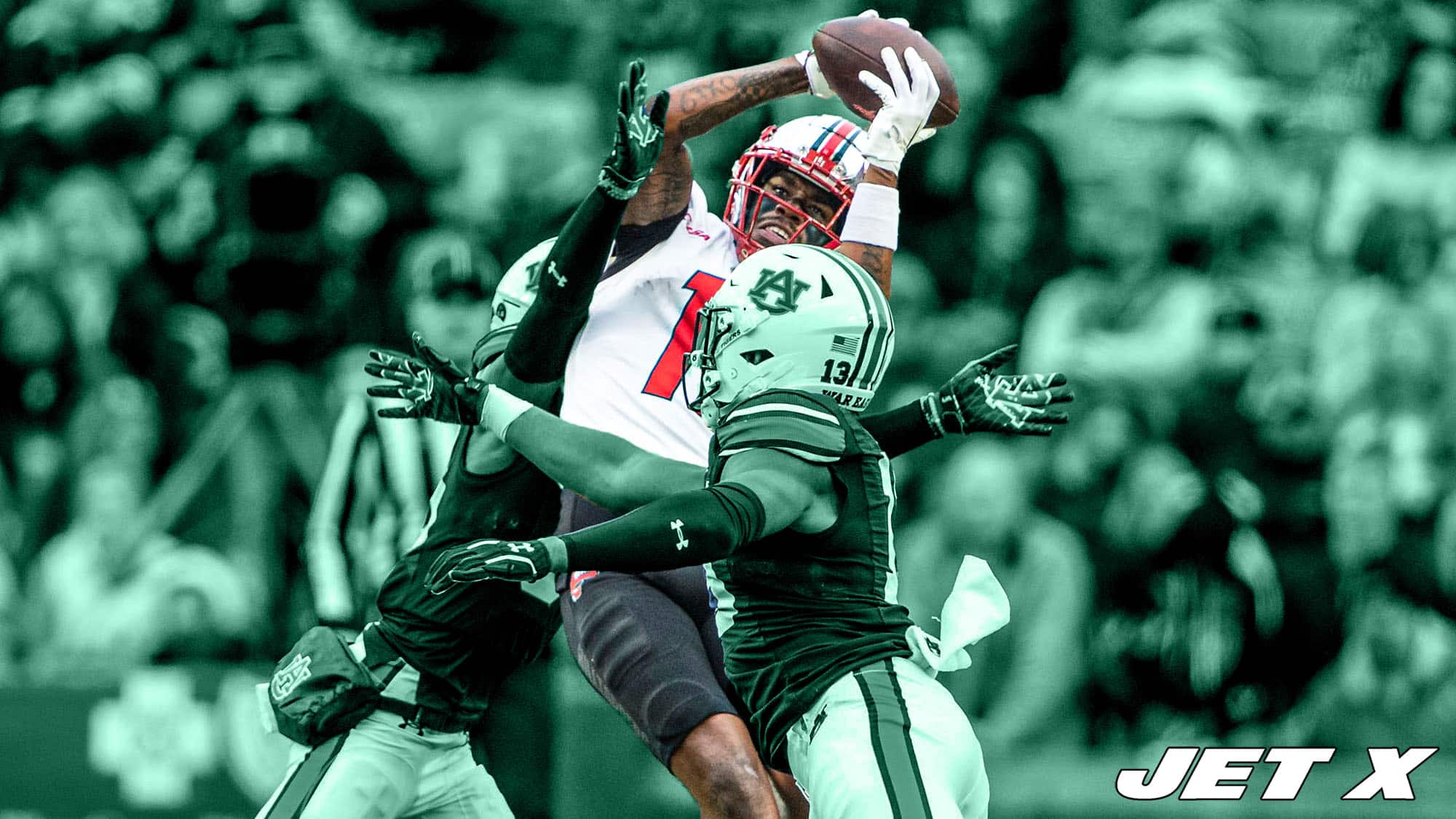
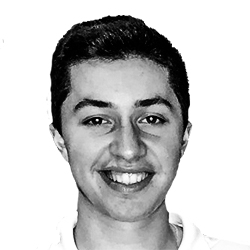

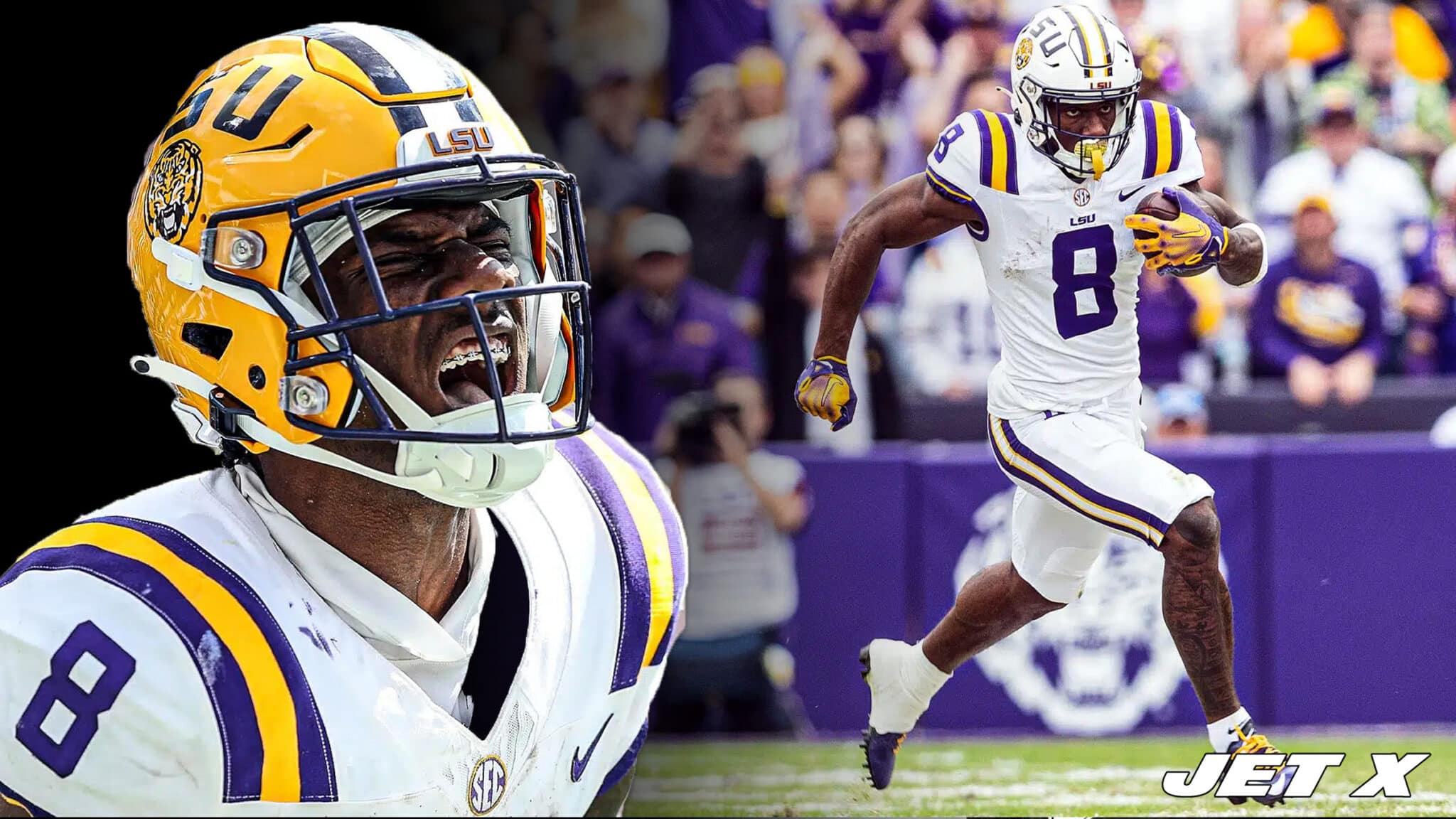
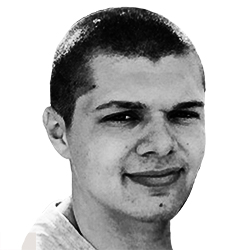



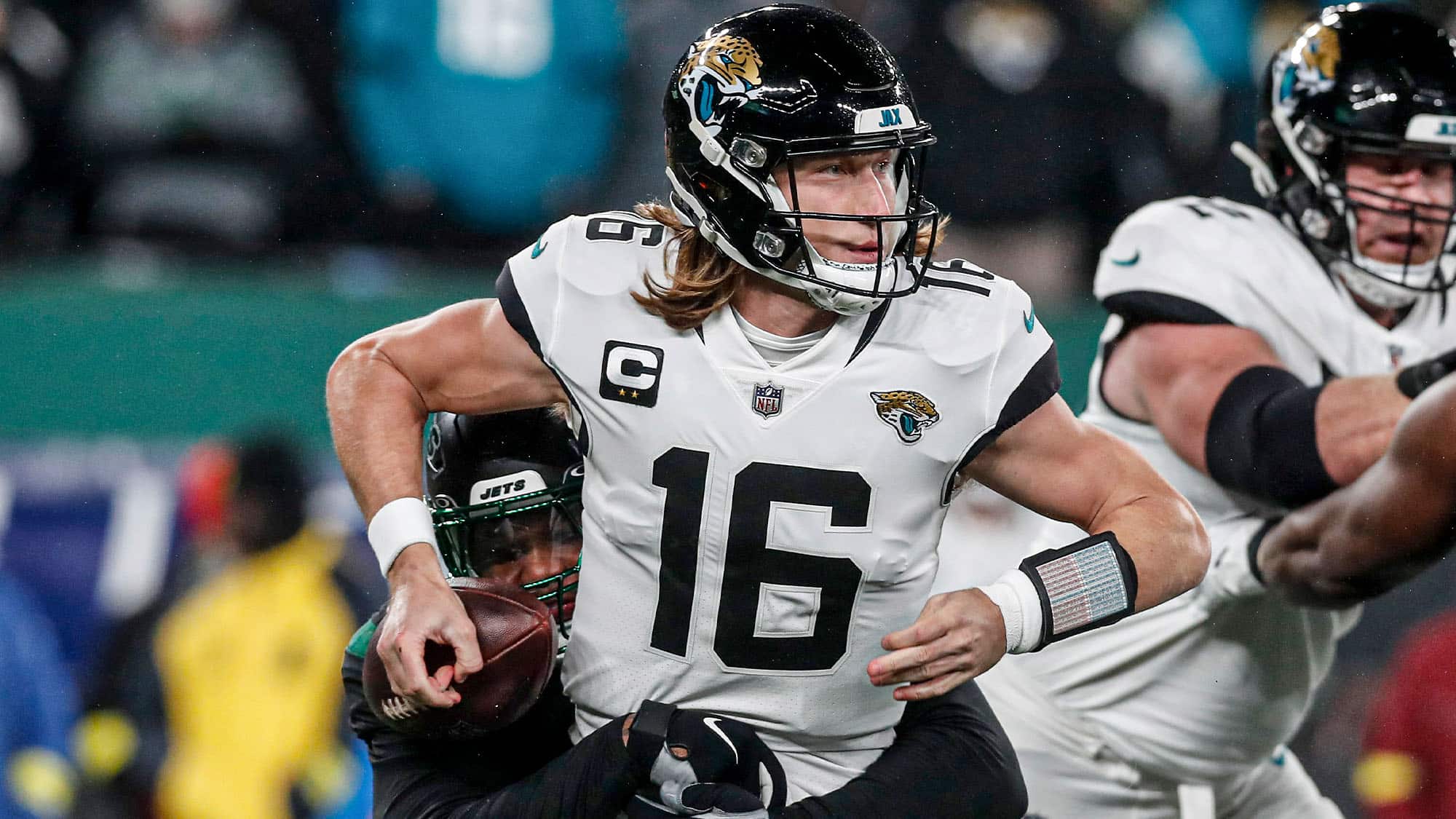
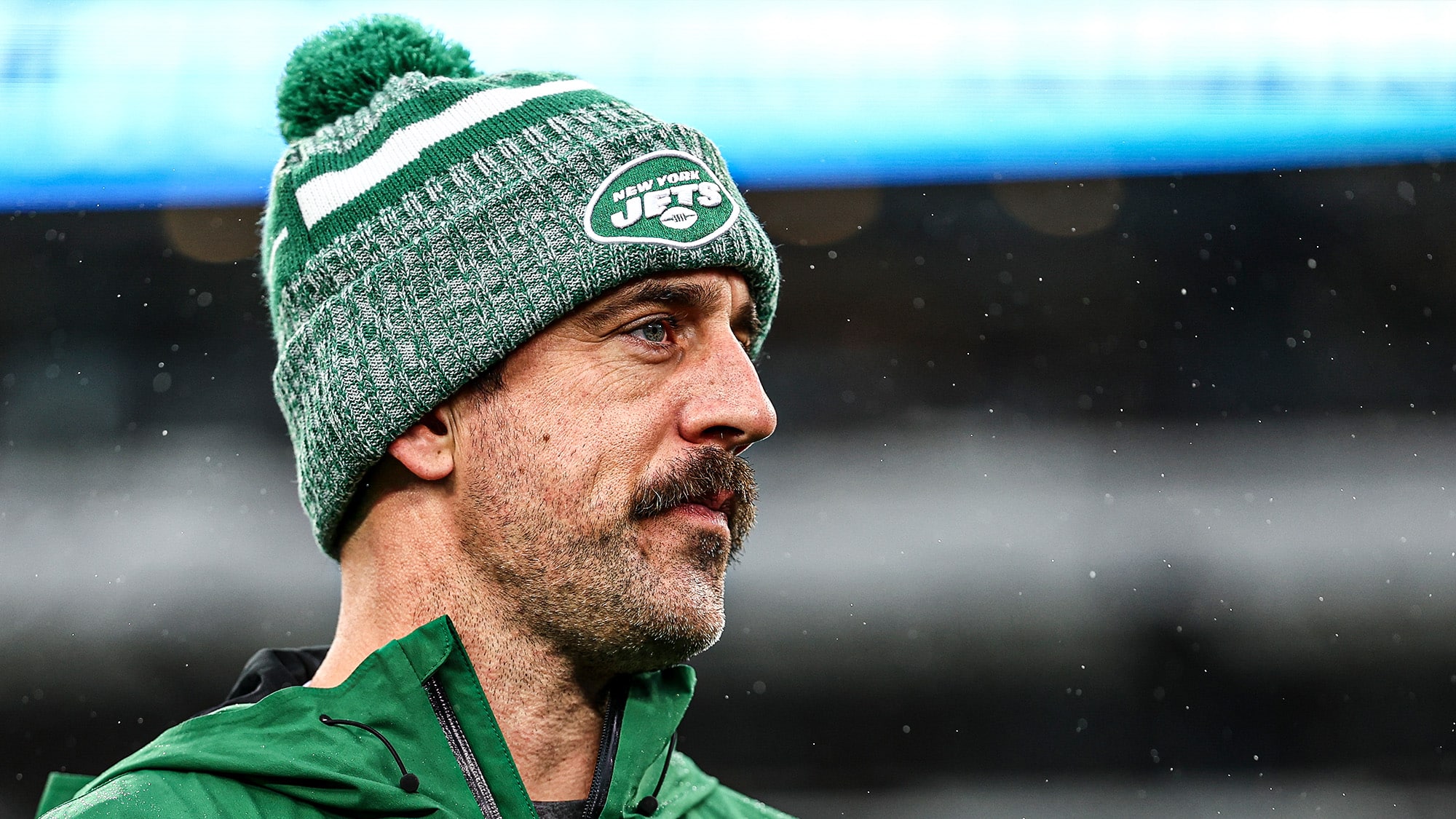
Where does this leave us when it comes to filling the hole at LT? If they’re to do that at 10, Alt is probably already on his way to Tennessee and Fuaga is perhaps more of a RT. Fashanu maybe, but isn’t he supposed to be more of a technician than a mauler?
Whoever it is we’ll still need a capable veteran backup/bridge LT. Maybe it’s Bak and we pick up a rookie tackle on day 2 as the understudy which would allow us to scoop up whoever from the top three WRs and Bowers drops to 10.
I think they are taking a WR at 10. They can trade back up for an OL they like. I also think they will sign a LT.
Any recollection regarding whether Breece played in a gap or zone scheme at Iowa State?